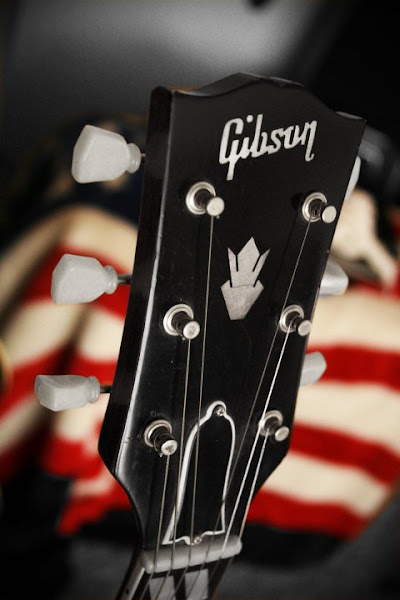
By J. Bryan Wasson
Many people have not had the opportunity to observe Mustangs in the wild first hand. I have had the opportunity to view Mustangs in captivity at a Bureau of Land Management sale during my assignment by the U.S. Department of Transportation to the state of South Carolina. I also have had the opportunity to look at some fine animals owned by people who adopted Burros from the Bureau of Land Management. I also, had the opportunity, thanks to Uncle Sam to observe a heard free roaming horses on Federal land owned by the U.S. Government. I had the opportunity to observe this heard of horses over an extended period of time and very close up.
During the Korean War, I was serving in the United States Air Force at Kirtland Air Force Base, New Mexico. Thanks to a run in with my First Sergeant, my tour of duty at Kirtland became very interesting. When a low ranking enlisted man (I had either two or three stripes on my sleeve at the time) in military service has a disagreement with his First Sergeant, the odds are that the First Sergeant will win the encounter. Following such an unpleasant encounter with my first Sergeant, he told me, “from now on you can consider yourself, “Mister TDY.” TDY in military and Federal Civil Service means temporary duty away from your home duty station. I soon found myself to be a part of nearly every TDY mission that came up. The only thing that kept me from being assigned to more such missions is the fact that it is impossible to be assigned to two TDY missions at the same time.
The story I wish to tell at this time was a mission that was classified as Top Secrete. I have reason to believe and do believe that parts or possibly all aspects of this Operation have been declassified. Not knowing for sure, however, I will not disclose the name of the Operation, the nature of the Operation or the location. I can safely say that the Operation took place in the southwest part of the United States on land owned and controlled by the U.S. Government. There were free roaming horses on this land. I do not know if they were Mustangs or feral horses that had escaped or were turned loose to the wild. I should also add that Mustangs are in fact feral horses that are descendants of horses brought to North America by early Spanish explorers.
I suspect this heard was a mixture of true Mustangs and domestic horses turned feral that for one reason or another found themselves in the wild. This belief is the fact that the horse that seemed to be the leader of the band appeared to be a gelding. There is, however, the possibility that the horse was a stallion that was a monorchid or a creptorchid.
This horse stood out “like a sore thumb” in this band. He was larger than the rest. I estimate him at 15 hands. He was sorrel with a flaxen main and tail and had four white stocking legs and a blaze face, He was a beautiful animal.
There was a spring fed pond where the horses watered daily. Someone had either captured or attempted to capture some of these horses. I know this from the fact that a pole corral had been built around the pond. There was a pole gate. The gate was open with the poles lying on the ground. The condition of the fence indicated to me that it had been there for a very long time. The horses indicated no fear of this fence. They were quiet used to it.
I created a salt lick for the horses by pouring table salt on a flat rock near the pond. I want to tell you that I had to open a lot of the salt packets found in C rations to put a significant amount of salt on these flat rocks. I did this for purpose of creating additional opportunities to observe the horses.
One very moonlight night I was at the right place, down wind of the horses, at the right time. The horses entered the pole corral. I watched them for a while, then eased up and slowly put up the poles on the pole gate. Now to tell you the truth, I don’t know what in the cat hair I would have done with these horses if I had captured them.
The big sorrel was first. He sailed over that pole fence like a deer. The remainder of the heard followed him. It sure was a beautiful sight to behold and I sure would like to have had a camera at the time.
As soon as the horses had galloped out of sight, I removed the poles from the gate and left it open. In fact, I believe I threw the poles in order to make it more difficult for some one else to attempt capture of these horses in the future.
This TDY mission was one that I truly enjoyed as were many other such TDY assignments. It would never have been possible to observe these free roaming horses at close range, if I had not had a serious disagreement with my First Sergeant who punished me by appointing me “Mister TDY.“
September 25, 2003, JBW
Note this article has previously been published in The Brayer, Official publication of the American Donkey and Mule society.



No comments:
Post a Comment